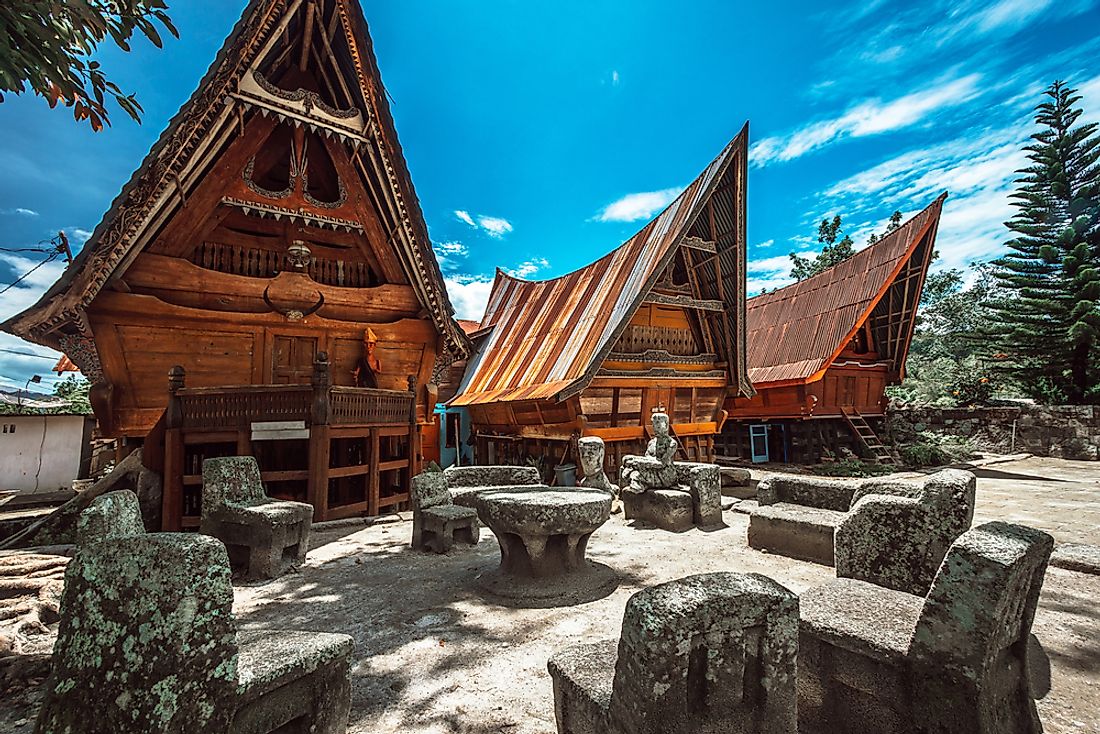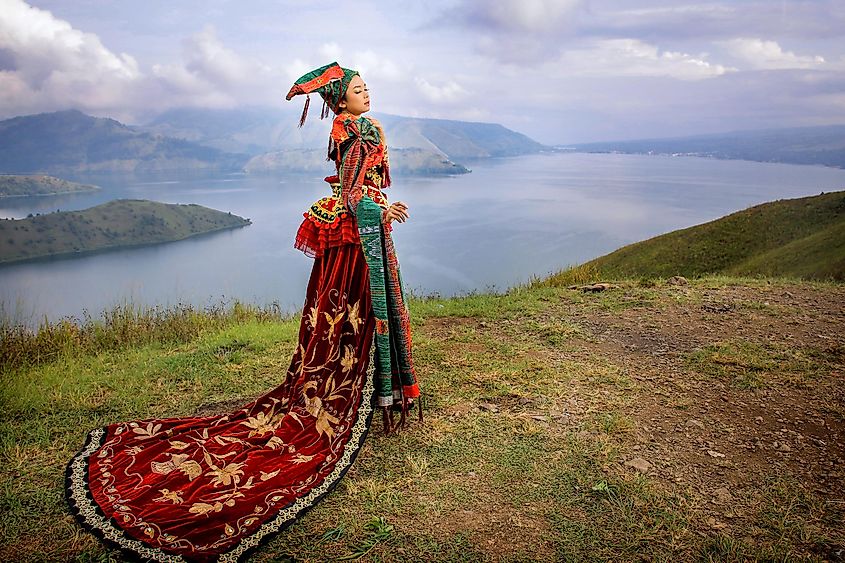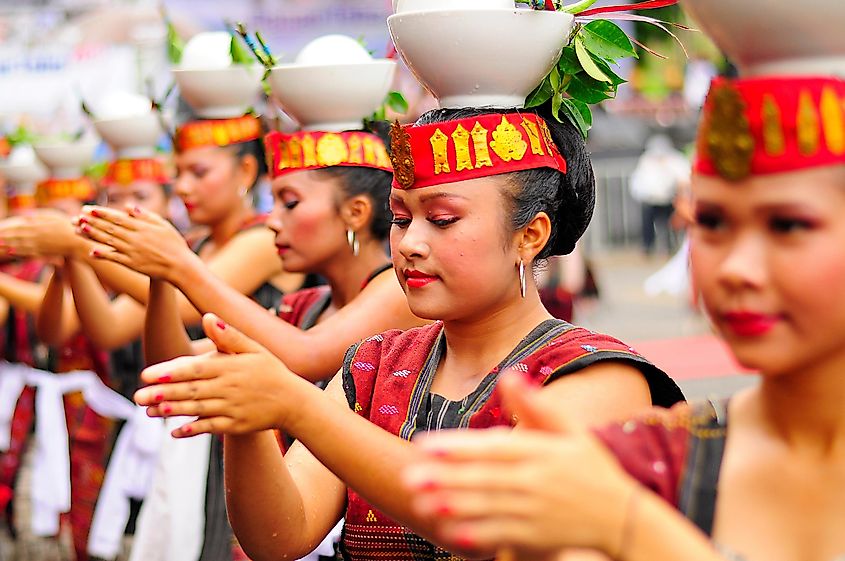Who Are The Batak People, And Where Do They Live?

The Batak people live in tribes on the North Sumatran Island and are one of the biggest Indigenous tribes in Indonesia. They live in the highlands of Sumatra in the Tapanuli region and they hold on to their ancient traditions of mutual assistance, especially in farming. By the turn of the 21st century, the Batak population was estimated to be about 6.1 million people, representing only about 3% of the total Indonesian population. The Batak tribe is thought to be the descendants of the proto-Malayan people who lived in relative isolation until as recently as 1825 in the highlands around Lake Toba in Sumatra.
History Of The Batak
The Batak people are comprised of various ethnic groups who are known to live in the North Sumatra region of Indonesia. The different ethnic groups that form the collective Batak people speak the Simalungun Karo, Pakpak, Toba, Mandailing, and Angkola languages. These languages are distinct and they are classified under the Austronesian language family. They are believed to have reached Sumatra an estimated 2,500 years ago and are thought to have come from the Philippines and Taiwan passing through Java or Borneo. Archeological studies have shown that the southern Sumatra region was settled by Neolithic peoples (the era spanning 10,200 to 2,000 BCE), and northern Sumatra had agricultural settlers who arrived much later.
Where Do They Live?

Presently, the Batak live in the North Sumatra province, the Karo lands extending to the modern-day Aceh areas, specifically the East Aceh Regency. Some Batak people have migrated to the regions of the prosperous Riau province. In northeast Sumatra, Padang highlands and the southern Sumatra roads are well developed and used to transport produce as well as ferry oil from their oil wells, but in the other parts of the areas where the Bataks live, less-developed trails are used. There are also well-developed railways in some of the regions as well as air transport.
Batak Traditions
Due to their location and isolation, they are believed to not have been significantly affected by colonization from the Europeans. However, there is evidence indicating that they engaged in war with their neighbors for many years. They practiced a religion known as Tamil Shaivism as well as Buddhism and other cultural faiths. They migrated to occupy the current regions of Karo and Simalungun, and the migration may have been caused by the trading relations, between them and the Tamil traders. The Batak people in the past relied heavily on agriculture and hunting, and farming was made possible by the freshwater of Lake Toba. They farmed mostly rice and other horticultural products like collecting forest products such as animals from the wild, hardwoods and honey among others.
Culture Of The Batak People

The Batak people believe that they originated from their ancestor Si Raja Batak, and as such, their clans, which are referred to as Marjas, are organized in a patriarchal order, meaning that the father and son relationship is emphasized. Ritualistic cannibalism by the Batak was recorded by missionaries and travelers, but such practices were abandoned centuries ago. Some of the Batak people were recruited as mercenaries by the neighboring kingdoms. Today, some of the Batak people have risen to prominent positions, especially in the field of law.











